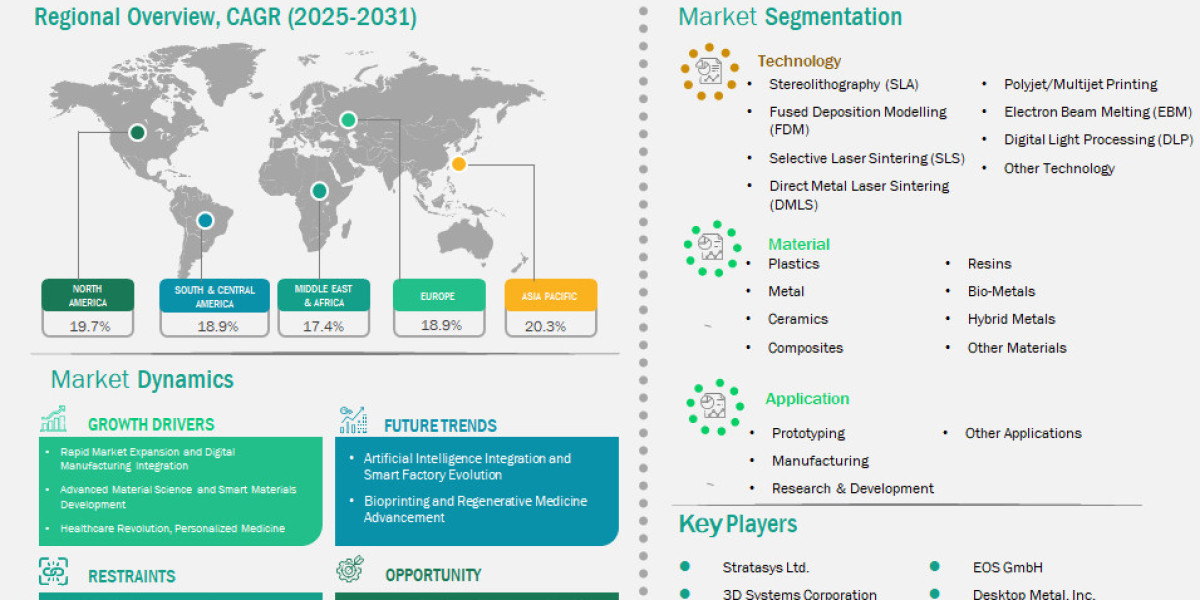As sustainable construction becomes the industry standard, accurate green building estimates are more important than ever. Homeowners, contractors, and developers need reliable cost predictions to balance eco-friendly materials, energy-efficient systems, and long-term savings. In 2025, new digital tools and smarter strategies are making cost estimation faster, more transparent, and more accurate.
Understanding Green Building Estimates
A green building estimate is more than just a construction cost outline—it integrates sustainability factors like energy performance, water efficiency, and renewable materials. Unlike traditional estimates, green building calculations include lifecycle costs, long-term energy savings, and certifications such as LEED or BREEAM. This holistic view helps investors and builders understand not only upfront costs but also future financial and environmental returns.
Key Cost Drivers in Green Construction
When preparing a green building estimate, several elements can significantly impact pricing. These include:
Sustainable materials like bamboo, recycled steel, and low-carbon concrete.
Energy systems such as solar panels, smart HVAC units, and battery storage.
Water-saving technologies including rainwater harvesting and greywater reuse.
Certification requirements that may require additional testing or documentation.
Understanding these factors ensures estimates remain realistic and prevent unexpected budget overruns.
Tools for Accurate Green Building Estimates in 2025
The rise of digital platforms has transformed cost estimation. In 2025, industry professionals rely on:
Building Information Modeling (BIM) to create real-time, data-driven cost projections.
AI-powered estimating software that factors in material availability, regional energy incentives, and carbon footprint.
Online sustainability calculators provided by government agencies and industry bodies.
These tools reduce human error and streamline collaboration between architects, engineers, and contractors.
Strategies for Smarter Estimation
Beyond software, successful green building estimates rely on smart strategies:
Early integration of sustainability goals during design stages.
Supplier collaboration to lock in material prices and availability.
Lifecycle costing, which includes long-term energy savings and maintenance expenses.
Government incentives, such as tax credits and rebates, factored directly into the estimate.
These strategies ensure projects remain financially feasible while achieving environmental goals.
Common Mistakes to Avoid
Many projects underestimate costs by ignoring key sustainability elements. Common errors include:
Failing to account for certification fees.
Overlooking supply chain challenges for eco-friendly materials.
Using outdated data instead of dynamic, real-time estimates.
By avoiding these pitfalls, builders can prevent delays and budget overruns.
Conclusion: Building a Greener Future with Accurate Estimates
Green building estimates are no longer optional—they are essential for successful, future-ready construction. With advanced tools, smarter strategies, and a clear understanding of cost drivers, 2025 offers the most accurate estimating opportunities yet. By mastering these approaches, businesses and homeowners can achieve both sustainability and cost-efficiency, ensuring a greener future for all.










